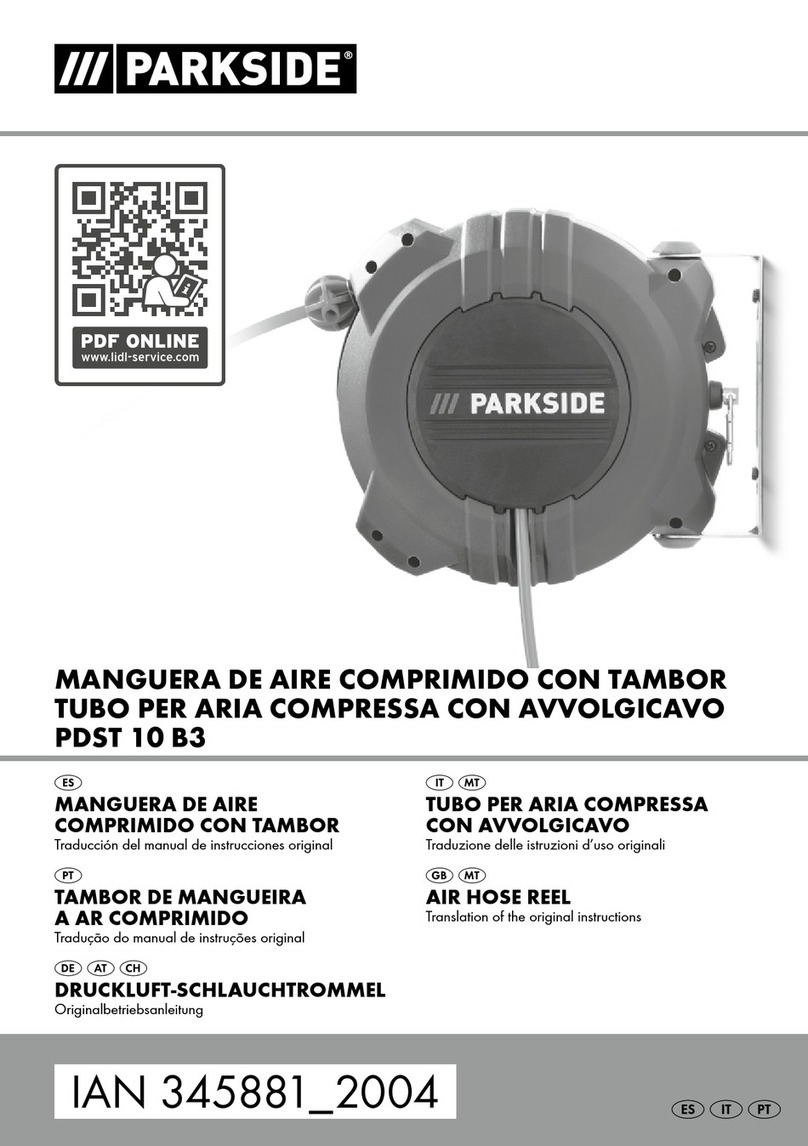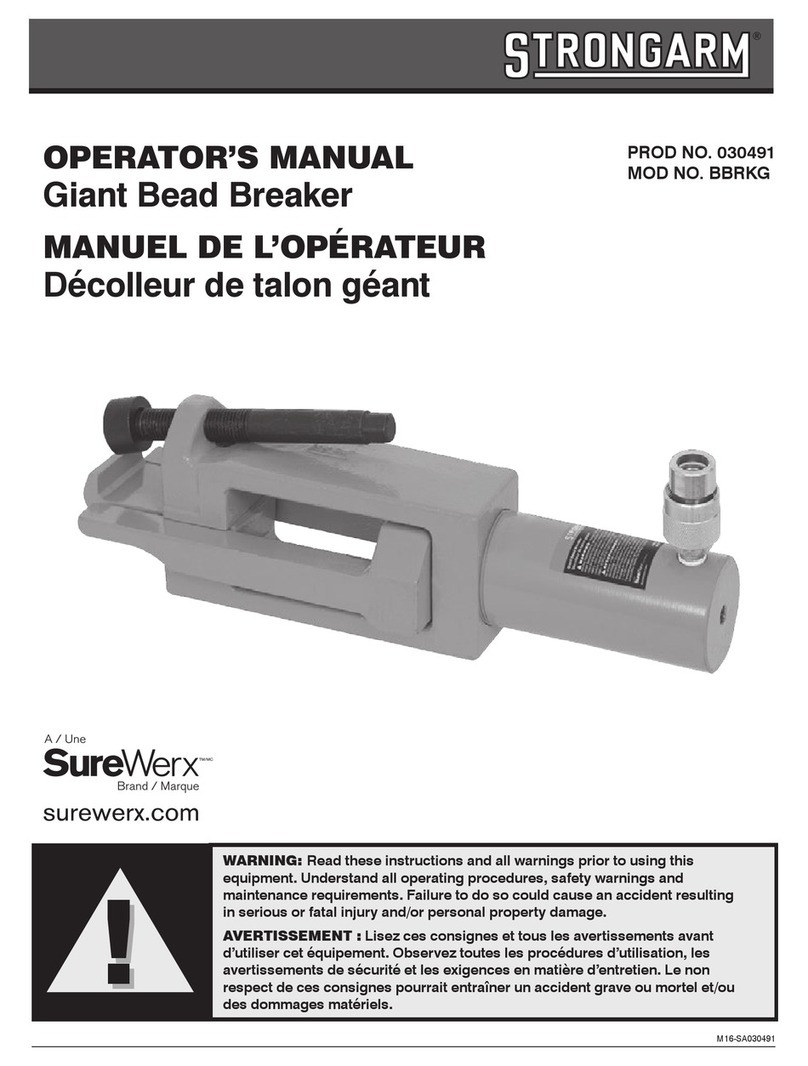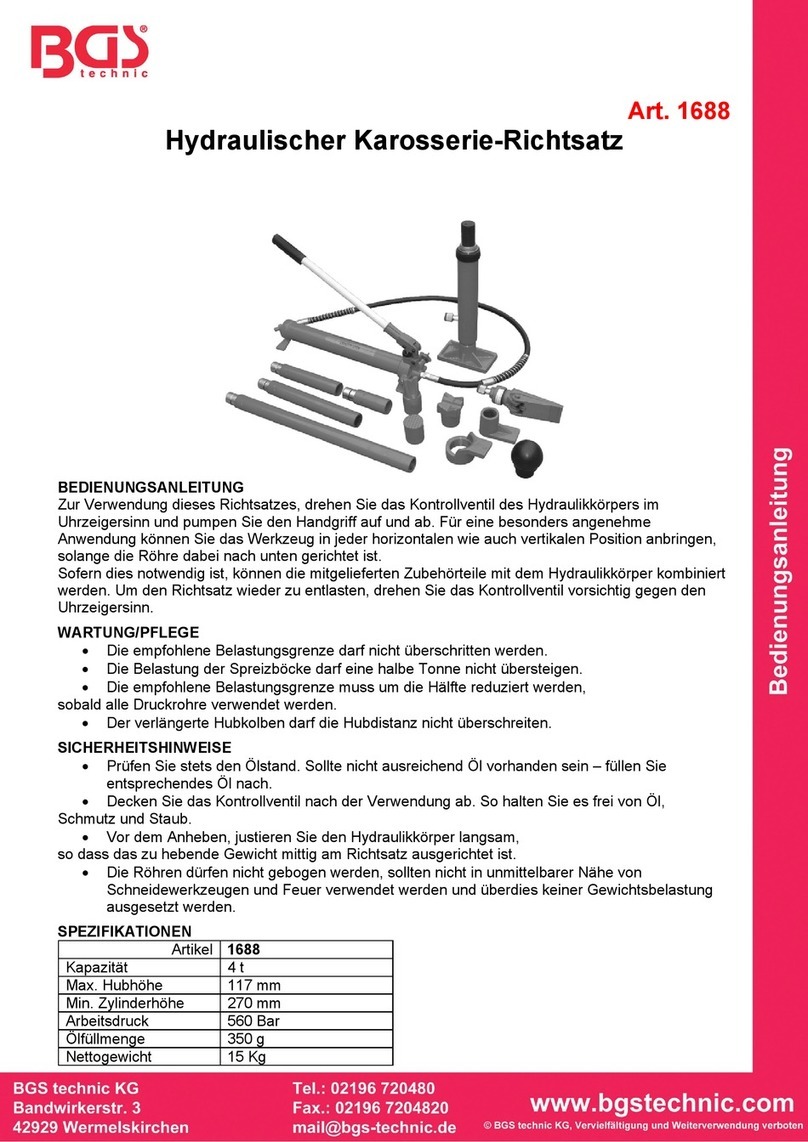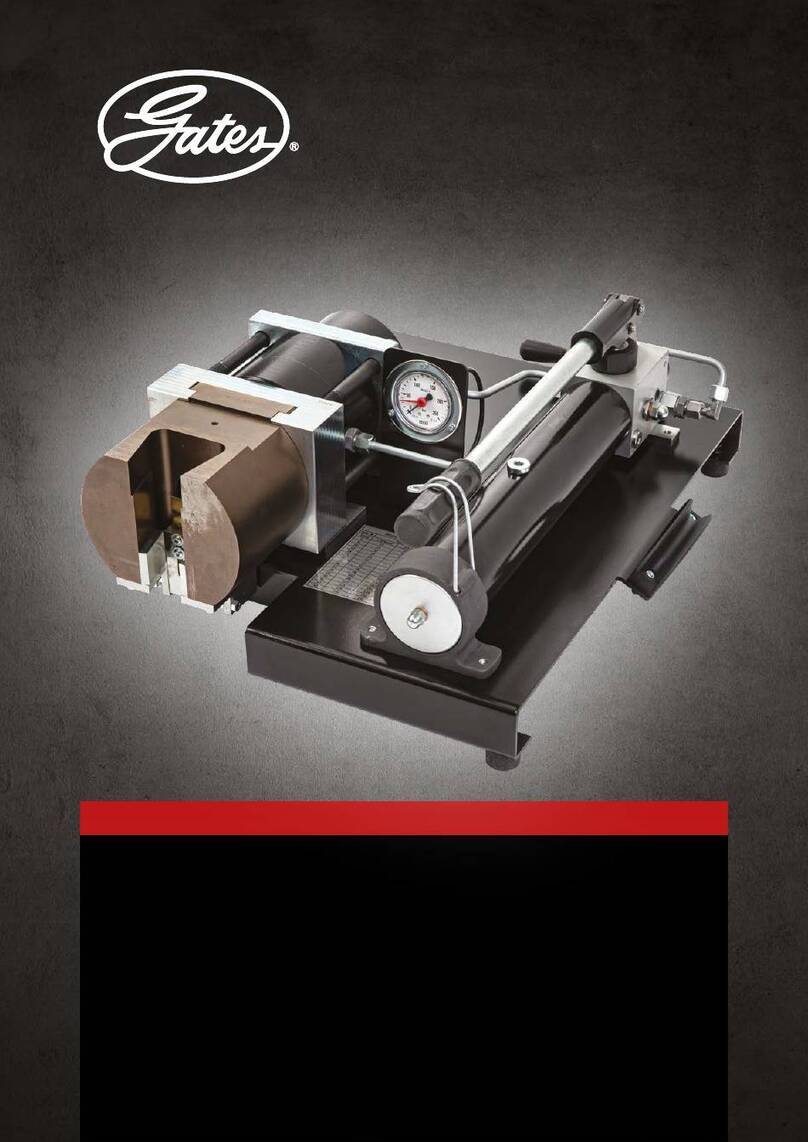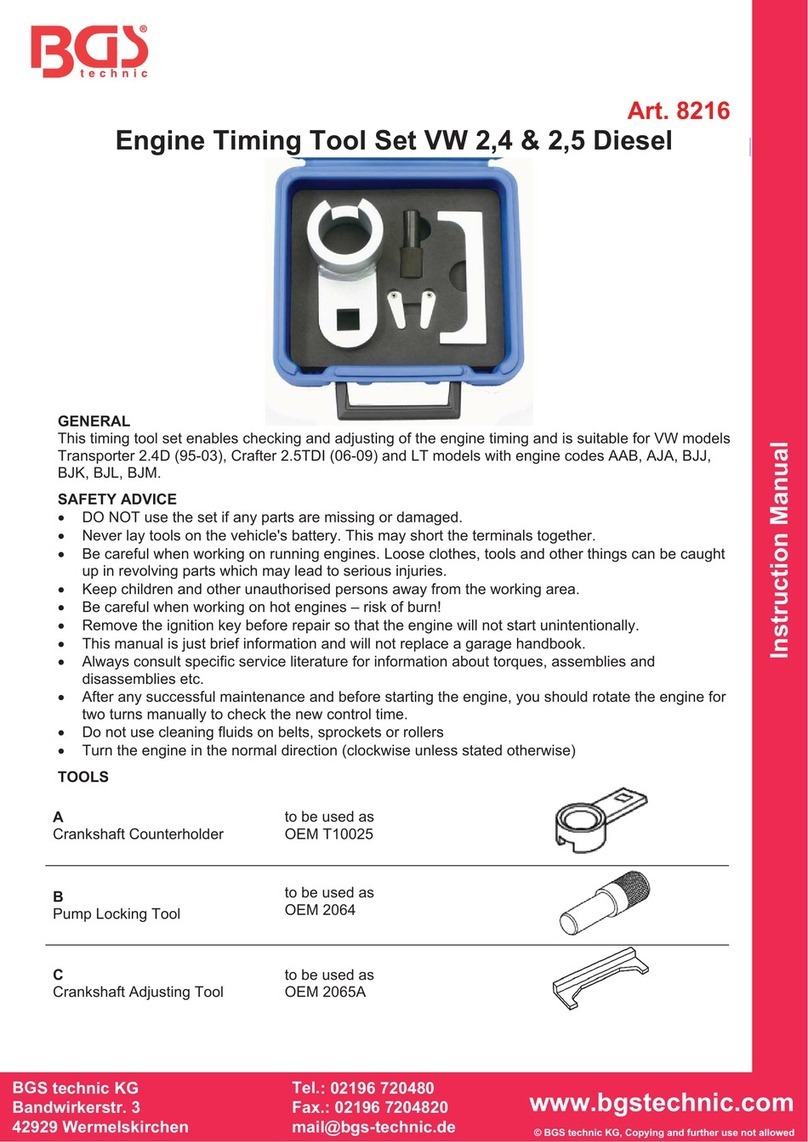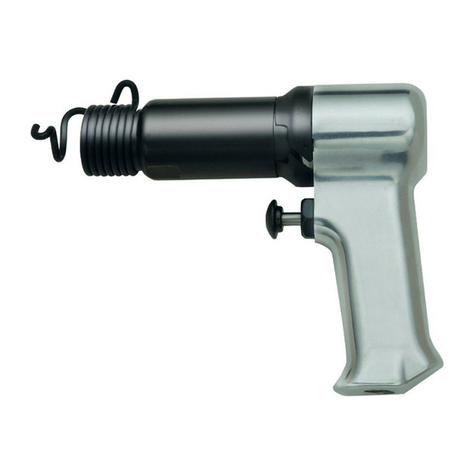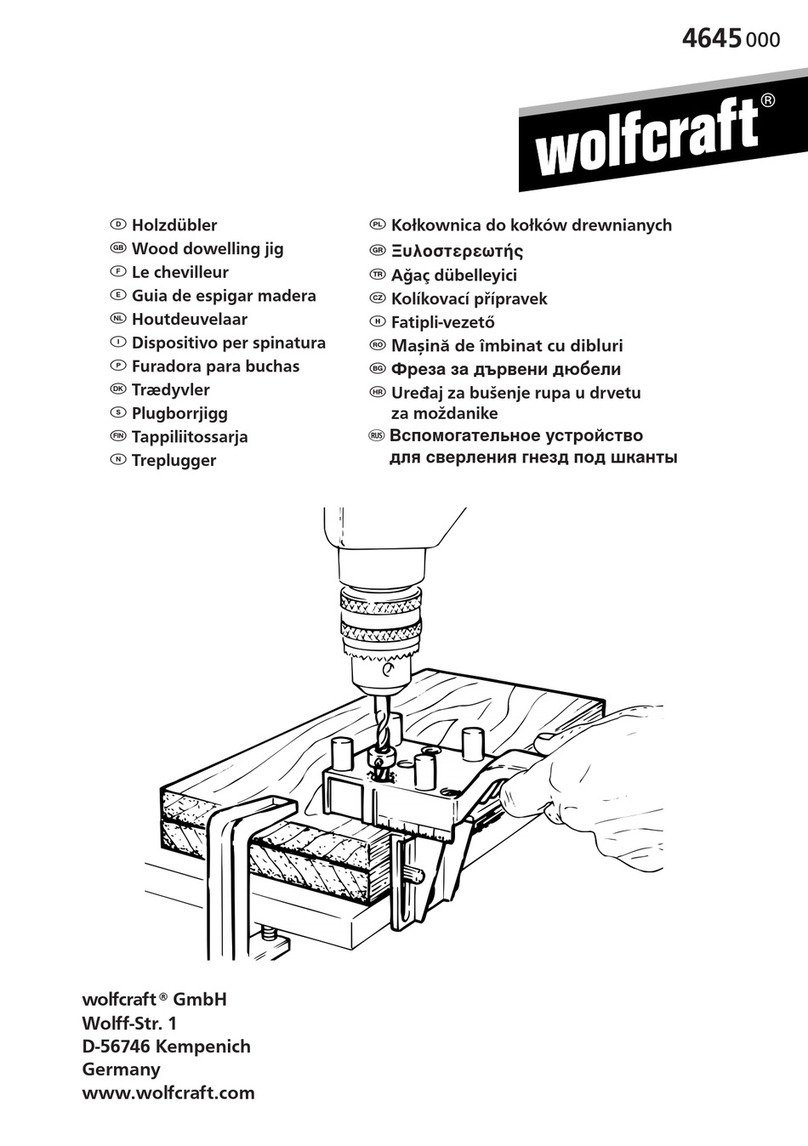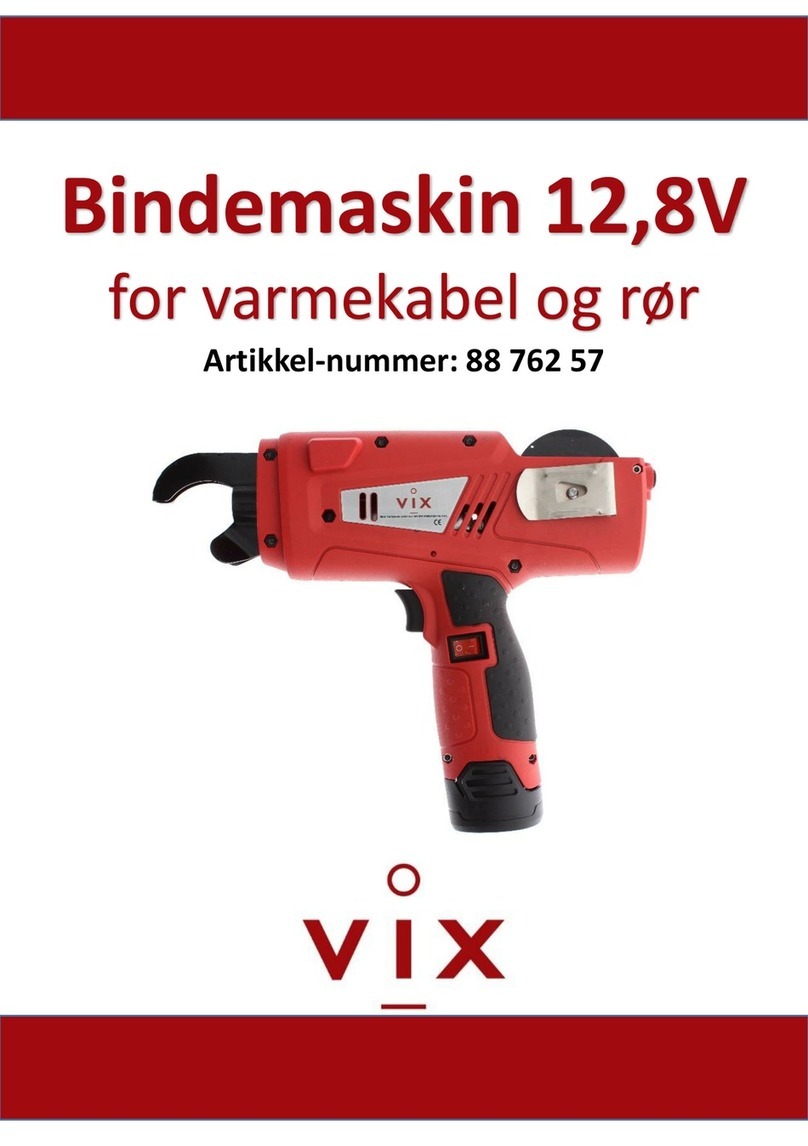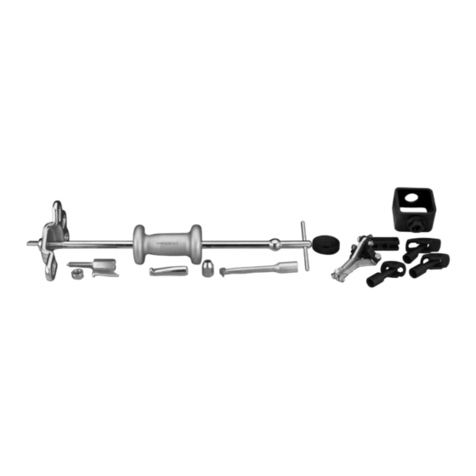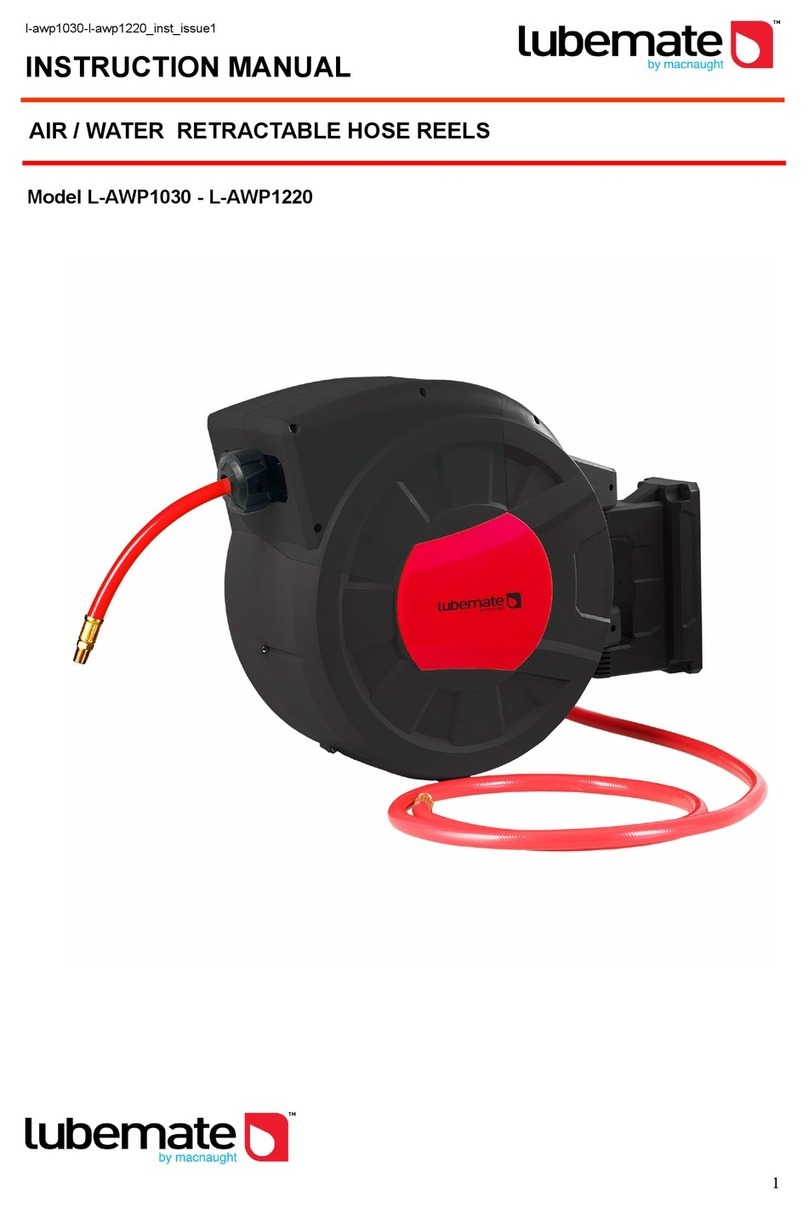Tüchler KABUKLIP User manual

Operating Manual
English v1.2

KabuKlip
Operating Manual v1.2 - Page 2/17
www.tuchler.net June 2014
Contents
1. General ..........................................................................................................................................3
2. Important safety and operating information ................................................................................4
3. Warnings........................................................................................................................................5
4. Technical data................................................................................................................................6
5. Areas of use of the KabuKlip system............................................................................................9
6. Mechanical mounting of the system .............................................................................................9
7. Configuration of the KabuKlip controller .................................................................................. 10
8. Control of the KabuKlip controller............................................................................................. 12
9. Maintenance ............................................................................................................................... 13
10. Troubleshooting .......................................................................................................................... 14
11. KabuKlip DMX Slave.................................................................................................................. 14
12. Cessation of use, disassembly and disposal............................................................................. 15
13. Declaration of Conformity.......................................................................................................... 16
List of Tables
Table 1: Technical Data KabuKlip Release Unit .............................................................................6
Table 2: Technical Data KabuKlip Control System.........................................................................6
Table 3: Technical Data KabuKlip –DMX Slave ...........................................................................7
Table 4: Technical Data KabuKlip –Akkupack..............................................................................7
Table 5: Technical Data KabuKlip Power Failure Detector............................................................8
Table 6: Guide values for grip slip force and load capacity.........................................................8
Table 7: Overview of the maximum cable lengths..........................................................................9

KabuKlip
Operating Manual v1.2 - Page 3/17
www.tuchler.net June 2014
1. General
This Operating Manual (OM) is part of the product scope of supply and must be read
before first use.
Follow the instructions in this OM.
Keep the OM near the system.
No liability is accepted for damage or interruptions to business arising from failure to
observe this OM.
Tüchler Bühnen- & Textiltechnik GmbH reserves the right to modify individual
components or assemblies as part of continued product development and improvement
while retaining the essential characteristics of the product.
Please pay particular attention to warnings enclosed in boxes.
The system has 5 phases of operation:
1. Transport
2. Assembly and electrical connection
3. First use
4. Use, maintenance, troubleshooting
5. Cessation of use, disassembly and disposal

KabuKlip
Operating Manual v1.2 - Page 4/17
www.tuchler.net June 2014
2. Important safety and operating information
Always observe the following 12 points.
These are only an initial introduction and are not a substitute for reading and following
the operating manual or the manufacturer's instructions.
1. Remember that dropped loads can cause injuries and damage property.
2. The drop zone must always be cordoned off when the system is loaded, especially
during assembly and when attaching the load.
3. Make sure the release unit is secured against unauthorised operation.
4. Make sure the release unit is secured against a power loss:
install an emergency power supply of some kind (e.g. UPS).
Take appropriate technical and organisational measures to secure the system so
that the connecting and power cables cannot be unplugged.
The KabuKlip units will open and drop their load in the event of a power loss.
5. TÜCHLER hereby reject all liability for damage caused by falling objects
regardless of whether this was intentional, unintentional or the result of a
malfunction.
6. The system may only be used when within view and by trained specialist personnel
over 18 years of age (subject to physical and mental suitability).
7. If operation of the KabuKlip system within the operator's line of sight is not possible
for architectural reasons, the equipment should only be used with the aid of an
additional observer who has an unobstructed view of the system.
8. Modifications or changes to the design or the electronics require consent in writing
from TÜCHLER Bühnen- & Textiltechnik GmbH, Vienna 22. Failure to obtain this
shall render the guarantee void.
9. Note that the load capacity of the mounting for the system may be less than the
load capacity of the KabuKlip in individual cases, in which case the latter must be
reduced accordingly by the user. Trouble-free operation is only assured if cables 4
x 1.5 mm² in good condition are used - cables with a smaller cross-section can
overheat and reduce the load capacity.
10.Observance of the maintenance intervals is essential. The guarantee period will be
terminated if these are exceeded.
11.Disconnect the power on all poles for any maintenance or repair work.
Remove all loads from the KabuKlip release units before disconnecting the power,
as the KabuKlip units open and drop their loads if no voltage is applied.
12.The power supply must be disconnected if other kinds of work are being carried
out at the ceiling or piping.

KabuKlip
Operating Manual v1.2 - Page 5/17
www.tuchler.net June 2014
3. Warnings
3.1. Set Screw
The set screw must not be tightened in the open state.
Doing so may damage the magnetic disk.
3.2. Connecting in a Ring
The individual release chains may not be joined together to form a ring as this may lead to a
defect in the control unit.
Set Screw

KabuKlip
Operating Manual v1.2 - Page 6/17
www.tuchler.net June 2014
4. Technical data
4.1. KabuKlip Release Unit
Properties
Data
Material
Aluminium alloy
Dimensions
160 mm x 65 mm x 70 mm
Connections
2 SpeakOn 4-pole
connectors
Weight
Approx. 1.5 kg with pipe
hook
Power consumption
6.5 W, 24 V
Duty cycle
100 % (permanent
operation)
Protection class
Type KabuKlip
Type KabuKlip OA
IP 23
IP 54
Table 1: Technical Data KabuKlip Release Unit
4.2. KabuKlip Control System
Properties
Data
Power consumption
160 W / 230 V
Connection
DMX –IN/OUT connection
CEE 7/4 earthed plug
SpeakOn 4-pole connector
Dimensions
260 mm x 160 mm x 95
mm
Weight
3.1 kg
Protection class
IP 32
Duty cycle
100 % (permanent
operation)
Maximum permissible number of
Kabuklip release units per
KabuKlip control system
25
Table 2: Technical Data KabuKlip Control System

KabuKlip
Operating Manual v1.2 - Page 7/17
www.tuchler.net June 2014
4.1. KabuKlip –DMX Slave
Properties
Data
Power consumption
160W / 230V
Connection
DMX –IN/OUT connection
CEE 7/4 earthed plug
6x SpeakOn 4-pole connector
Dimensions
260mm x 160mm x 205mm
Weight
4,22kg
Protection class
IP 32
Duty cycle
100 % (permanent operation)
Maximum permissible number of
Kabuklip release units per
release line
10
Maximum permissible number of
Kabuklip release units per
KabuKlip - DMX Slave
25
Table 3: Technical Data KabuKlip –DMX Slave
4.2. KabuKlip –Akkupack
Properties
Data
Power consumption
750W / 230V
Connection
4x CEE 7/4 „Master“
4x CEE 7/4 „EcoControl“
1x IEC-60320
Dimensions
305mm x 81mm x 312mm
Weight
6,7kg
Duty cycle
100 % (permanent operation)
Backup time with 25 KabuKlip
release units
0,5h
lifetime
max. 4 years
Table 4: Technical Data KabuKlip –Akkupack

KabuKlip
Operating Manual v1.2 - Page 8/17
www.tuchler.net June 2014
4.3. KabuKlip –Power Failure Detector
Properties
Data
Power consumption
10W / 230V
Connection
2x CEE 7/4
Dimensions
160mm x 120mm x 90mm
Weight
0,8kg
Duty cycle
100 % (permanent operation)
Table 5: Technical Data KabuKlip Power Failure Detector
4.4. Load capacities
The values in the following table are guideline values for various materials.
The values stated for "clamping only" can differ in individual applications due to
varying material properties. They should therefore be checked before using the material
to be dropped.
The maximum permissible load capacity with positive engagement (e.g. when using
edge beading or release eyelets) must not exceed 25 kg.
Designation
Grip slip force with
clamping only
Max. recommended
load capacity with
clamping only
Load capacity with
positive
engagement
Molton
20 kg (196 Nm)
15 kg (147 Nm)
25 kg (245 Nm)
SunBlock
20 kg (196 Nm)
15 kg (147 Nm)
25 kg (245 Nm)
Velvet
20 kg (196 Nm)
16 kg (156 Nm)
25 kg (245 Nm)
Silk
11 kg (107 Nm)
8 kg (78 Nm)
25 kg (245 Nm)
PVC foil
11 kg (107 Nm)
8 kg (78 Nm)
25 kg (245 Nm)
Table 6: Guide values for grip slip force and load capacity
All the values refer to 1 KabuKlip release unit.
4.5. Maximum cable lengths
The load capacities in Table 3 refer to the system configuration in Table 4.
Example:
a) Use of 19 KabuKlip release units each with 2 m connecting cable and 50 m control
cable (from the control unit to the first KabuKlip release unit) permissible.
b) Use of 25 KabuKlip release units each with 2 m connecting cable and 50 m control
cable not permissible
c) Use of 25 KabuKlip release units each with 2 m connecting cable and 30 m control
cable permissible

KabuKlip
Operating Manual v1.2 - Page 9/17
www.tuchler.net June 2014
Table 7: Overview of the maximum cable lengths
5. Areas of use of the KabuKlip system
A KabuKlip system consists of at least one KabuKlip controller, one KabuKlip release
unit and one 4-pole 1.5 mm² connecting cable.
The system is used:
to drop curtains, fabrics, foils or other backdrops without eyelets or any other
prepared edges. This is done either by clamping only or by some kind of
positive engagement.
to drop decorations using the release eyelet.
Lifting persons or animals is prohibited.
The warnings (Section 2) must be obeyed absolutely.
6. Mechanical mounting of the system
The KabuKlip release unit must be securely fastened to a permissible mounting point
(pipe hook or clip) with the M12 x 20 hexagonal socket screws provided. Use the
M12 T-nuts provided for this.
After fastening, the KabuKlip release units must be properly secured using the
integrated steel safety clip.
The control line from the control unit to the first KabuKlip release unit in particular must
be free of any tension. Faulty or damaged plug connections can lead to a power loss
and therefore premature release of the load.
number of
Kabuklip´s 30 40 50 60 70 80 90 100 110 120 130 140 150
25
24
23
22
21
20
19
18
17
16
15
14
13
12
11
10
9
8
7
6
5
4
3
2
1
cable length controller to 1.Kabuklip [m] (1,5mm²)

KabuKlip
Operating Manual v1.2 - Page 10/17
www.tuchler.net June 2014
7. Configuration of the KabuKlip controller
The following settings must be set on the KabuKlip controller before use:
7.1. Operating mode selection:
Use the DIP switch to select between modes:
Master (identical with "Stand-alone")
Slave (identical with "DMX-controlled")
Master/Slave:
To change between master and slave, change the
position of the switch at position 10 (ON = Master)
The DMX address is set using binary coding.
Switch 1
001
Switch 2
002
Switch 3
004
Switch 4
008
Switch 5
016
Switch 6
032
Switch 7
064
Switch 8
128
Switch 9
256
Switch 10
Master/Slave
For example, to set the address 007, change switches 1 –3. (001 + 002 + 004
007)

KabuKlip
Operating Manual v1.2 - Page 11/17
www.tuchler.net June 2014
7.2. "Stand-alone" system
"Stand-alone" system means that only one controller (without DMX) is used to control
the release units.
Set the following settings:
Master/Slave = ON
The highest possible DMX address is 32.
Up to 25 KabuKlip release units can be controlled with one stand-alone system. The
KabuKlip release units are all opened simultaneously.
7.3. "Multi" system
"Multi" system means that several controllers (connected via DMX where one serves as
Master) are used.
This system is used to control more than 25 release units simultaneously.
Set the following settings:
Master/Slave = ON (to be set on the master controller only)
Set all master and slave controller addresses to the same address, e.g. 001 (max.
address 032).
If the connecting cable between the master and slave controller is longer than 5 m, a
termination must be connected on the Master and on the last Slave.
7.4. “DMX” system
“DMX” system means that an existing DMX control unit is used to control the release
units –the Kabuklip controller serves as Slave.
Set the following settings:
Master/Slave = OFF (DMX controller is the master)
If the controller address for releasing (solenoids) is 001, for example, the address for
activating the LED clamp lights is 002.
The solenoids and the LED´s are always activated by the next consecutive address.

KabuKlip
Operating Manual v1.2 - Page 12/17
www.tuchler.net June 2014
8. Control of the KabuKlip controller
The following control and display elements are provided on the KabuKlip controller:
Status LED LIGHT button Master LED
Key-operated
switch
Release button
"Fire"
8.1. Control sequence:
After the DMX addresses and the master/slave relationship have been set, the
controller is ready for use. "Master" operating mode is indicated by the orange
LED lighting up.
After the power supply is connected, the status LED flashes red if the key-
operated switch is set to "Armed".
If this is the case, set the key-operated switch to "Disarmed" and press the LIGHT
button. The LED will switch from red to green.
If the status LED lights up blue, set the key-operated switch to "Disarmed" and
press the LIGHT button. The LED will switch from blue to green. This procedure
must be repeated after every drop.
Pressing the LIGHT button switches the integrated LED clamp lights in the
KabuKlip release units on and off respectively.
If the status LED lights up green, the solenoids are active and the material to be
dropped (fabric/foil) can now be clamped.
a. Press the armature plate on the solenoids to do this.
b. Set the required distance with the adjusting screw, or
c. Use the adjusting screw to clamp the item to be dropped.

KabuKlip
Operating Manual v1.2 - Page 13/17
www.tuchler.net June 2014
Always check to ensure that the item to be dropped is firmly gripped.
Make sure that the maximum clamping force of the adjusting screw is obtained.
Take care not to overtighten the adjusting screw, as this will pull the armature plate
away from the solenoid and reduce the gripping force. You can detect this
overtightening by feeling a significant reduction in force when turning the adjusting
screw. If this happens, turn the adjusting screw about ¼ of a turn backwards. This
will give the maximum gripping force.
Once the item to be dropped is correctly clamped, turn the key-operated switch
to the "Armed" position (the LED clamp lights - pilot lamps on the KabuKlip
release units - will go out).
The ring-shaped LED around the "FIRE" release button will indicate the unit is
ready for firing.
The KabuKlip release units will all open simultaneously when the "FIRE" release
button is pressed, and the load will drop.
9. Maintenance
Check the system for the following points before use:
oLoose bolts and connections
oPower supply and control cables (check the cable for any kinks and
cracks)
Clean the KabuKlip release units after use in dusty environments
Apply commercially-available lubricants (MoS, WD40) to the adjusting screw if
required.
Do not apply any lubricant to the hinge, as this will increase dirt contamination.
After using KabuKlip OA units under damp conditions, leave them in a dry
environment switched on with the armature plate opened and the solenoid
activated until completely dry.
Permissible cleaning methods are wiping with a damp cloth, blowing with
compressed air, and brushing.

KabuKlip
Operating Manual v1.2 - Page 14/17
www.tuchler.net June 2014
10. Troubleshooting
Fault
Possible cause
Remedy
Fabric cannot be
released
Key-operated switch setting
incorrect
Set key-operated switch
to "Armed"
Red LED lights up
Master/slave not configured
Switch master/slave to
"On"
Connecting cable not
connected
Connect connecting
cable as per OM
Controller configured as master
but DMX controller connected
Switch master/slave to
"Off"
Red flashing LED
Key-operated switch setting
incorrect
Set key-operated switch
to "Disarmed"
Release unit does
not open correctly
Adjusting screw incorrectly set
Set the adjusting screw
correctly
(see 7.1, Control
sequence)
11. KabuKlip DMX Slave
The KabuKlip DMX Slave can be used with multiple release chains. It is possible to
release different objects at different times. This makes special effects such as diagonal
releases and the like possible.
The KabuKlip DMX Slave always functions in DMX- mode and therefore requires a
DMX control unit.
11.1. Configuration KabuKlip DMX Slave
Set the correct DMX base address (1 ... 503 are permissible) with the 3-digit BCD
switch.
Next, connect the KabuKlip release chain, the DMX-connection and the power supply.

KabuKlip
Operating Manual v1.2 - Page 15/17
www.tuchler.net June 2014
11.2. Operation of the Kabuklip DMX Slave
Assignment of DMX Addresses to the Release Chains:
DMX
data
Chain 1
Chain 2
Chain 3
Chain 4
Chain 5
Chain 6
LED light
Base
address
Base
address
+1
Base
address
+2
Base
address
+3
Base
address
+4
Base
address
+5
Base
address
+6
<9
Inactive/
Reset
Inactive/
Reset
Inactive/
Reset
Inactive/
Reset
Inactive/
Reset
Inactive/
Reset
9 …
247
Clamp
Clamp
Clamp
Clamp
Clamp
Clamp
>247
Release
Release
Release
Release
Release
Release
<128
Light off
>127
Light on
After the release, the chain can be reset by sending the DMX address <9 to the
respective chain.
STATUS LED:
Green System OK
Red DMX base address outside the permissible range
or no DMX signal
12. Cessation of use, disassembly and disposal
When ceasing to use the system, disconnect it from the power supply at all poles and
secure it against being switched back on.
When disposing of the system, separate
metals
plastic parts
electrical parts
lubricants
from each other.

KabuKlip
Operating Manual v1.2 - Page 16/17
www.tuchler.net June 2014
13. Declaration of Conformity
The manufacturer hereby confirms that the KabuKlip system complies with the following
directives and standards: Machinery Directive 2006/42/EC, ÖVE/ÖNORM
E8001, 89/336/EEC, 2004/108/EC, 2006/95/EC, EN 60204-1, EN 60439-1,
EN 60950-1.
The product complies with the requirements contained therein if installed correctly.
For the manufacturer:
TÜCHLER Bühnen- und Textiltechnik GmbH
Rennbahnweg 78
A-1220 Vienna
Ing. Mag. Christoph Lach
Managing Director

Table of contents
Popular Tools manuals by other brands
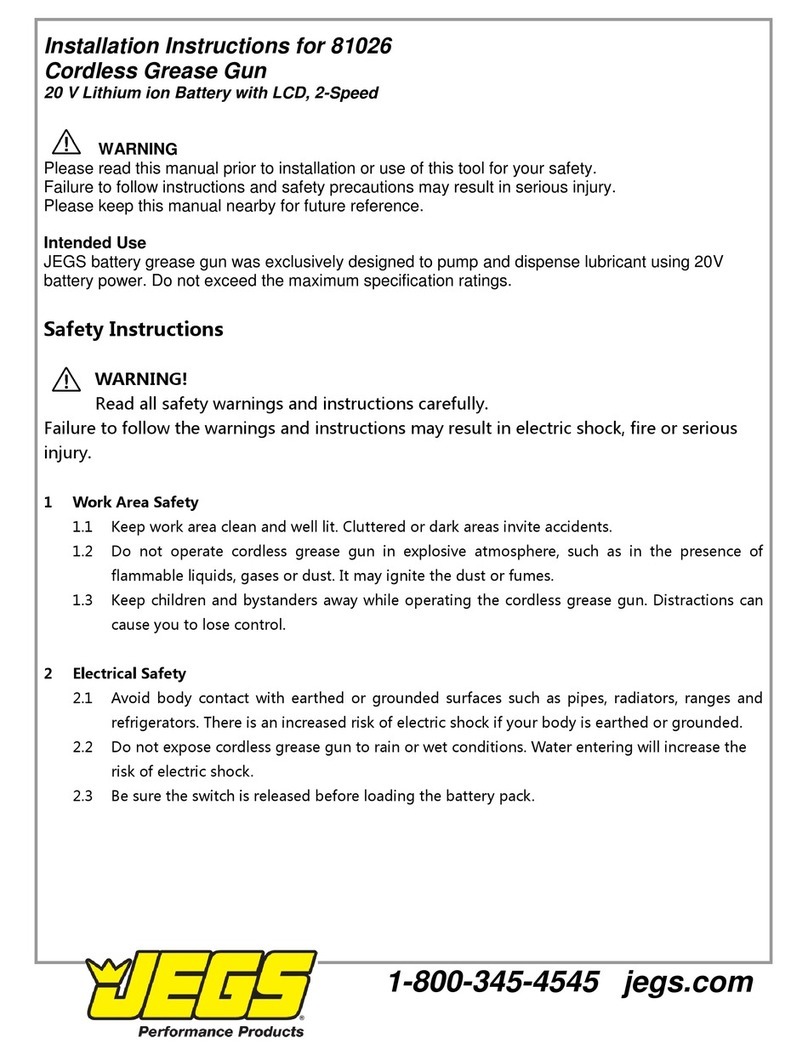
Jegs
Jegs 81026 installation instructions
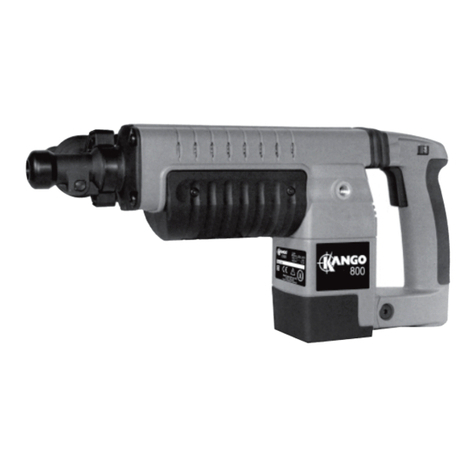
Milwaukee
Milwaukee Kango 800S Service & repair manual

FK-Lightplanes
FK-Lightplanes FK 12 S2 Comet manual
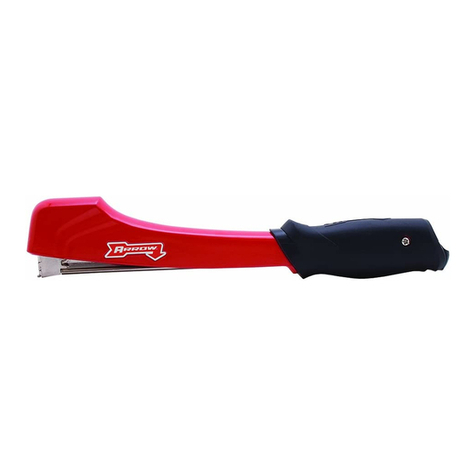
Arrow
Arrow HT50iR.E.D. owner's manual
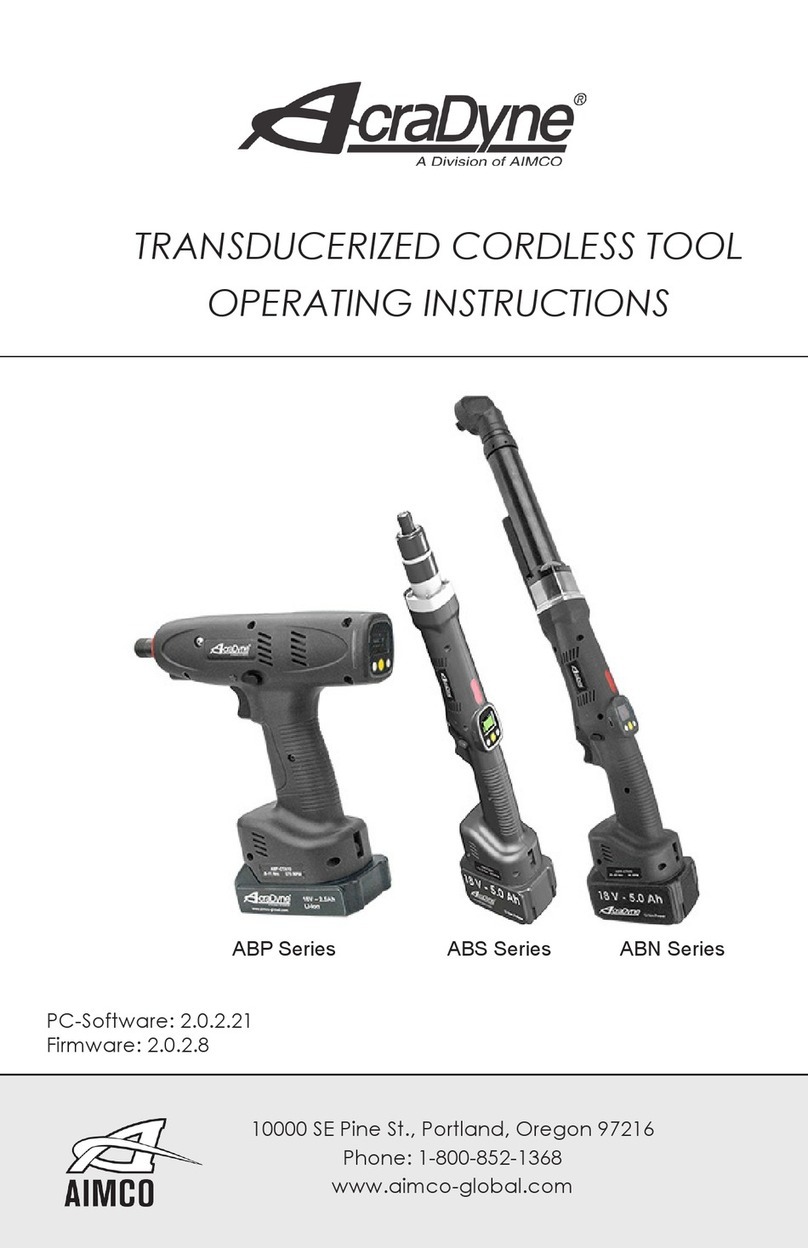
Aimco
Aimco AcraDyne ABP Series operating instructions
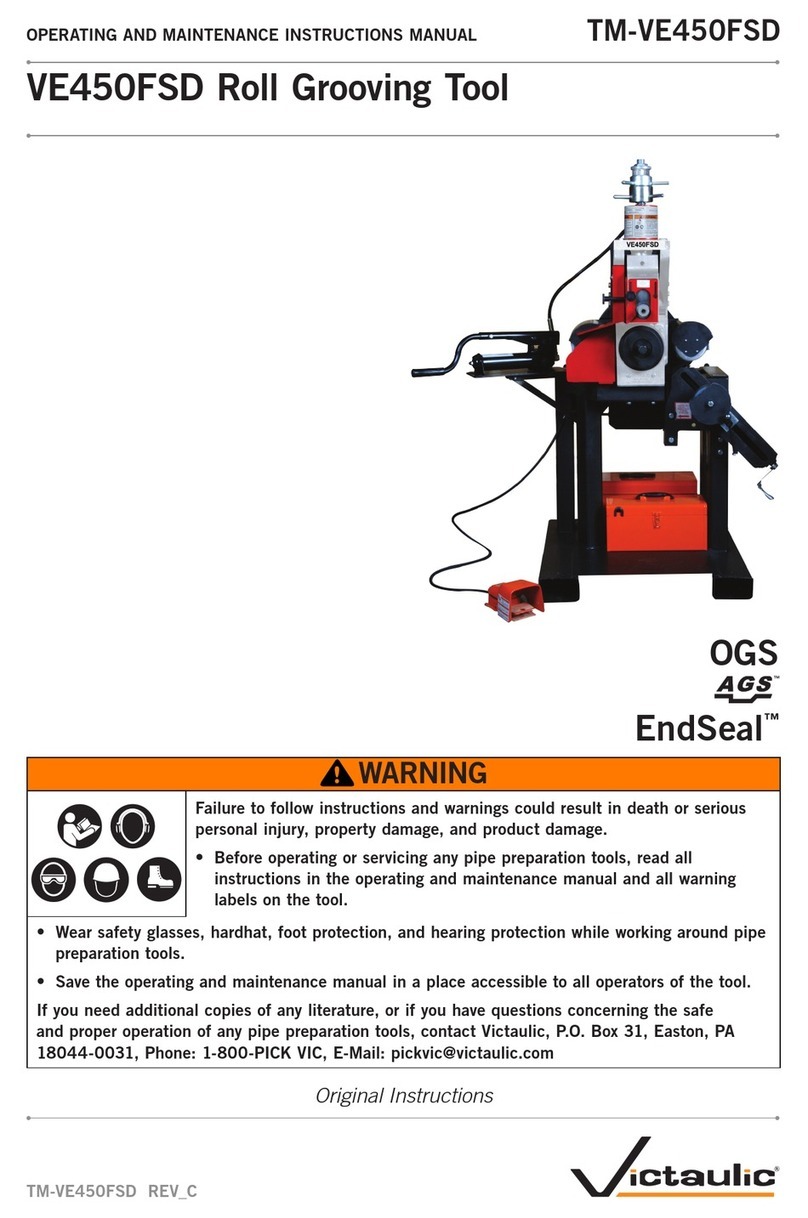
Victaulic
Victaulic VE450FSD Operating and maintenance instruction manual
